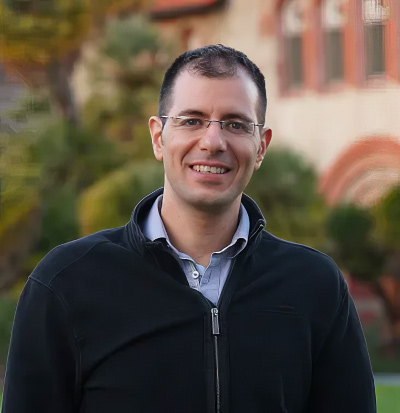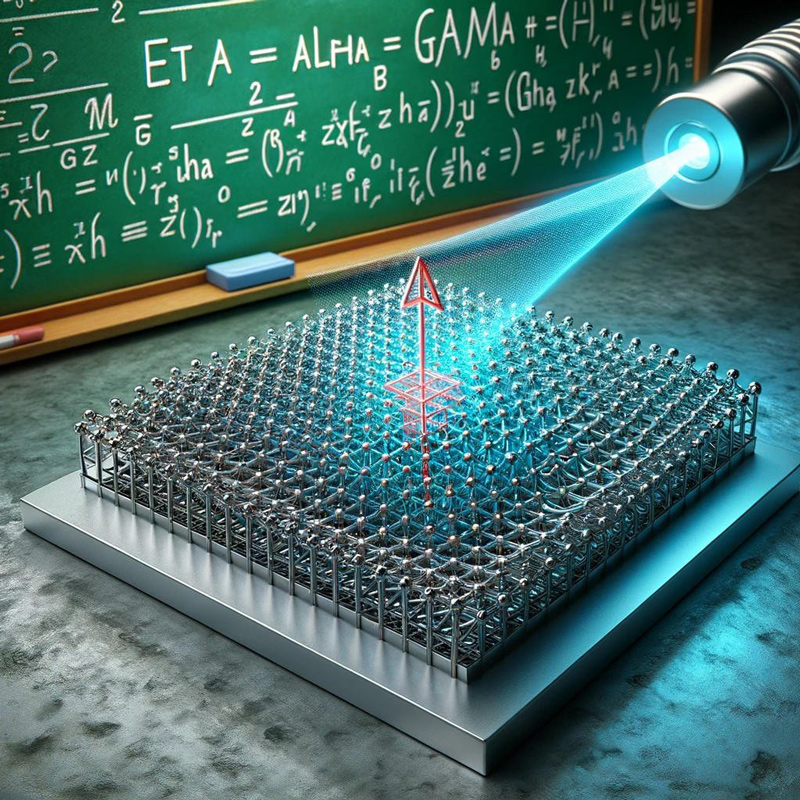
A previously unknown connection between light and magnetism has been discovered by Hebrew University of Jerusalem researchers. This discovery could lead to super-fast, light-controlled memory technology and innovative sensors that detect the magnetic portion of light.
The team’s unexpected discovery, published in Physical Review Research, revealed that the magnetic component of a rapidly oscillating light wave possesses the capability to control magnets, redefining principle physical properties. It challenges conventional thinking by unraveling the overlooked magnetic aspect of light, which typically receives less attention due to the slower response of magnets compared to the rapid behavior of light radiation.

“This breakthrough marks a paradigm shift in our understanding of the interaction between light and magnetic materials,” says Prof. Amir Capua, head of the Spintronics Lab in the Institute of Applied Physics and Electrical Engineering at the Hebrew University of Jerusalem. “It paves the way for light-controlled, high-speed memory technology, notably magnetoresistive random-access memory (MRAM), and innovative optical sensor development.”
These quantum technologies combine principles from two scientific communities that to date, had little overlap. “We achieved this understanding by using principles that are well established within the quantum computing and quantum optics communities but less so in the spintronics and magnetism communities,” Capua added.

In tandem with their research, the team developed a specialized sensor capable of detecting the magnetic part of light. Unlike traditional sensors, this cutting-edge design offers versatility and integration across various applications, potentially revolutionizing sensor and circuit designs utilizing light in diverse ways. The team has applied for several patents on these inventions.
The research was conducted by Benjamin Assouline, a Ph.D. candidate in the Hebrew University Spintronics Lab, where the group manipulates electronic spins in atomically engineered devices to overcome the limits of conventional electronics for sensing, processing, and memory applications.
The Israel Science Foundation, Peter Brojde Center for Innovative Engineering and Computer Science, and the Center for Nanoscience and Nanotechnology of the Hebrew University of Jerusalem supported this research.
The article titled “Helicity-dependent optical control of the magnetization state emerging from the Landau-Lifshitz-Gilbert equation” was published in the Physical Review Research journal and can be accessed here.